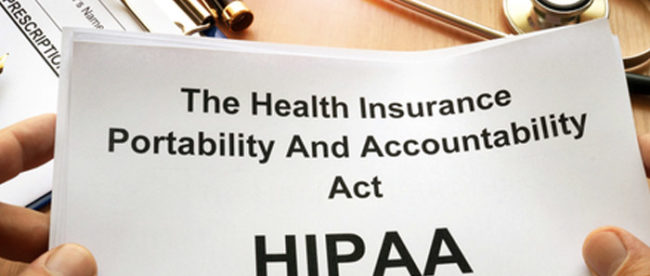Unknown Facts About Pacific Prime
Unknown Facts About Pacific Prime
Blog Article
Getting My Pacific Prime To Work
Table of ContentsThe Definitive Guide to Pacific PrimeThe Of Pacific PrimeThe Facts About Pacific Prime UncoveredUnknown Facts About Pacific PrimePacific Prime for Beginners

This is because the information were gathered for a period of strong economic performance. Of the estimated 42 million individuals that were without insurance, almost concerning 420,000 (regarding 1 percent) were under 65 years old, the age at which most Americans come to be eligible for Medicare; 32 million were grownups in between ages 18 and 65, about 19 percent of all adults in this age; and 10 million were children under 18 years of age, concerning 13.9 percent of all youngsters (Mills, 2000).
These quotes of the variety of individuals uninsured are generated from the annual March Supplement to the Present Populace Study (CPS), conducted by the Census Bureau. Unless or else kept in mind, nationwide price quotes of individuals without medical insurance and proportions of the population with various type of insurance coverage are based on the CPS, the most widely used source of quotes of insurance protection and uninsurance rates.
Little Known Facts About Pacific Prime.

Still, the CPS is specifically beneficial since it creates annual estimates relatively rapidly, reporting the previous year's insurance protection estimates each September, and due to the fact that it is the basis for a consistent collection of price quotes for even more than two decades, permitting analysis of trends in coverage in time. For these reasons, along with the considerable usage of the CPS in various other researches of insurance policy coverage that exist in this record, we depend on CPS estimates, with constraints noted.

The price quote of the variety of without insurance people increases when a population's insurance policy condition is tracked for several years. Over a three-year duration beginning early in 1993, 72 million people, 29 percent of the U.S. https://trello.com/w/pacificpr1me_. populace, were without coverage for at the very least one month. Within a solitary year (1994 ), 53 million people experienced a minimum of a month without insurance coverage (Bennefield, 1998a)
6 out of every 10 without insurance adults are themselves used. Although functioning does enhance the likelihood that and one's relative will certainly official statement have insurance policy, it is not an assurance. Also members of households with 2 full time wage earners have nearly a one-in-ten possibility of being without insurance (9.1 percent uninsured price) (Hoffman and Pohl, 2000).
Get This Report on Pacific Prime
New immigrants represent a significant proportion of individuals without medical insurance. One evaluation has actually attributed a significant part of the current growth in the size of the united state without insurance populace to immigrants that arrived in the country between 1994 and 1998 (Camarota and Edwards, 2000). Recent immigrants (those who concerned the USA within the past four years) do have a high rate of being without insurance (46 percent), yet they and their children represent simply 6 percent of those without insurance policy nationally (Holahan et al., 2001).
The connection in between medical insurance and access to care is well established, as documented later in this chapter. The connection between wellness insurance coverage and health outcomes is neither straight neither simple, a substantial scientific and health and wellness services research literary works web links health and wellness insurance protection to better accessibility to care, much better high quality, and improved personal and population wellness condition.
Levels of evaluation for analyzing the effects of uninsurance. This discussion of medical insurance protection concentrates mostly on the U.S. populace under age 65 since practically all Americans 65 and older have Medicare or other public insurance coverage. Moreover, it focuses especially on those with no medical insurance for any kind of length of time.
The Only Guide to Pacific Prime
The problems faced by the underinsured are in some areas comparable to those faced by the uninsured, although they are usually less extreme. Health and wellness insurance coverage, nevertheless, is neither necessary nor sufficient to gain accessibility to medical solutions. The independent and direct impact of health and wellness insurance protection on access to wellness services is well developed.
Others will get the health and wellness care they require even without medical insurance, by spending for it out of pocket or seeking it from providers that supply treatment free or at very subsidized rates. For still others, wellness insurance alone does not make sure receipt of treatment due to other nonfinancial obstacles, such as a lack of healthcare service providers in their area, limited accessibility to transport, illiteracy, or linguistic and cultural distinctions.
Pacific Prime - Truths
Formal research study concerning without insurance populations in the USA dates to the late 1920s and very early 1930s when the Board on the Cost of Medical Care created a series of reports regarding financing medical professional office visits and hospital stays. This issue ended up being prominent as the varieties of clinically indigent climbed throughout the Great Clinical depression.
Report this page